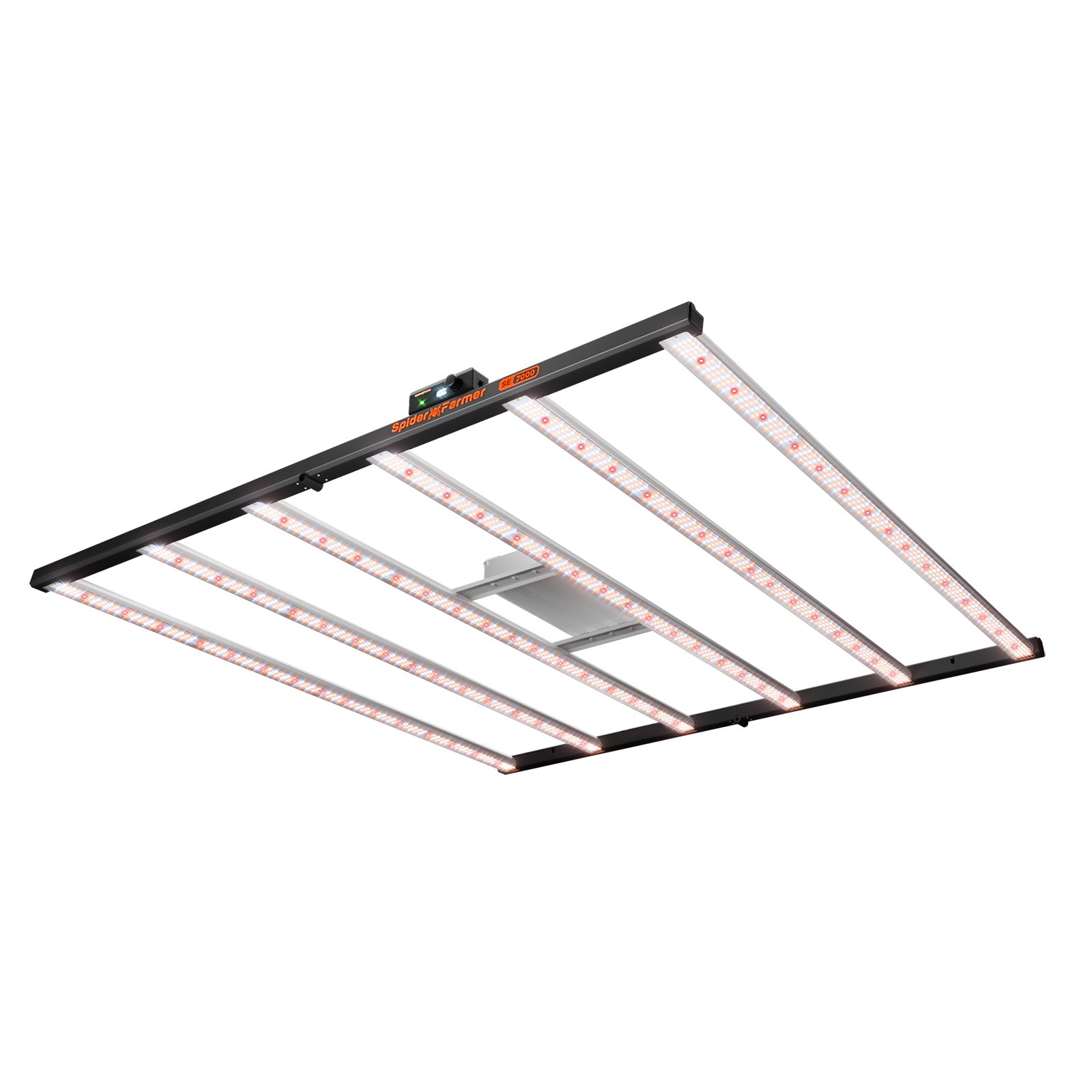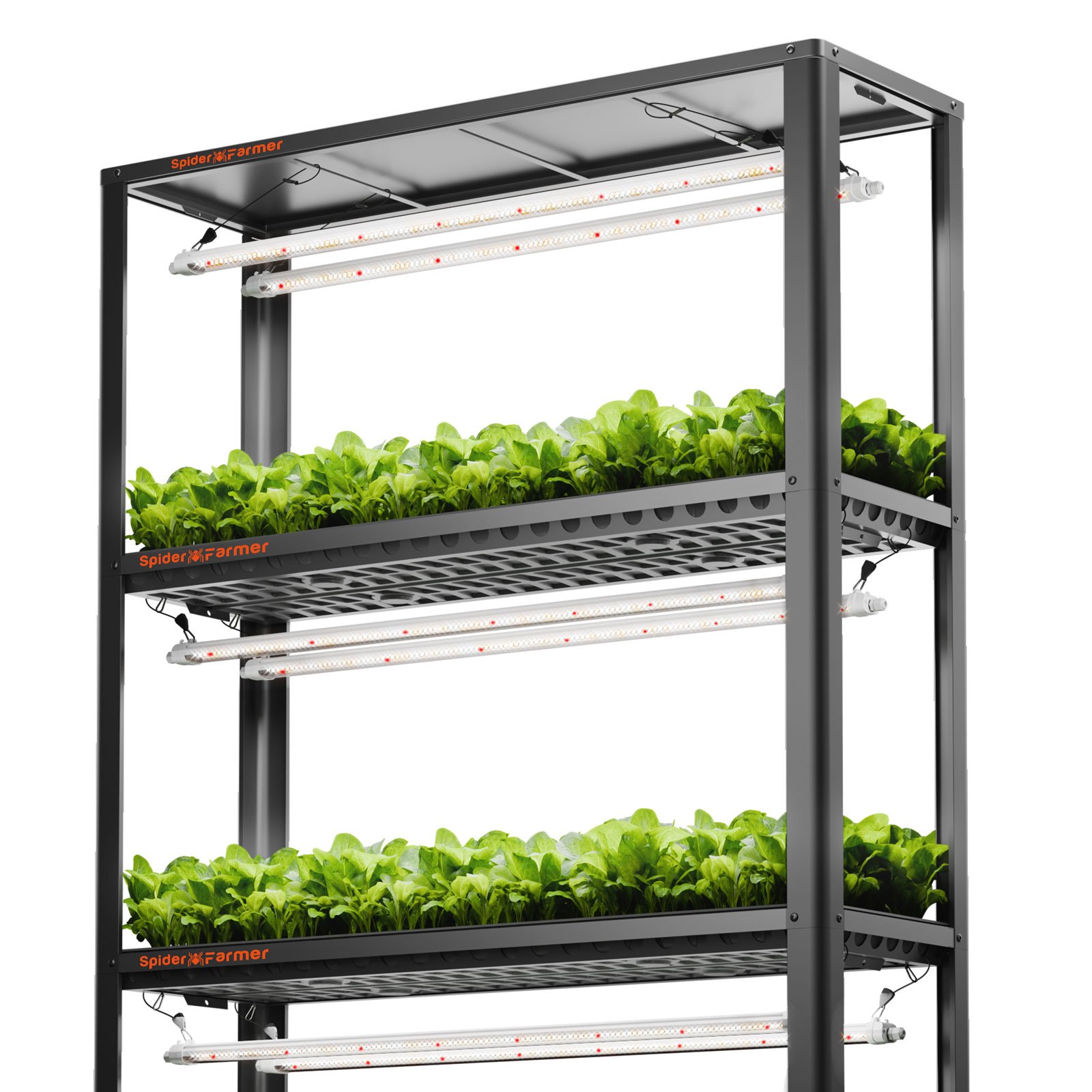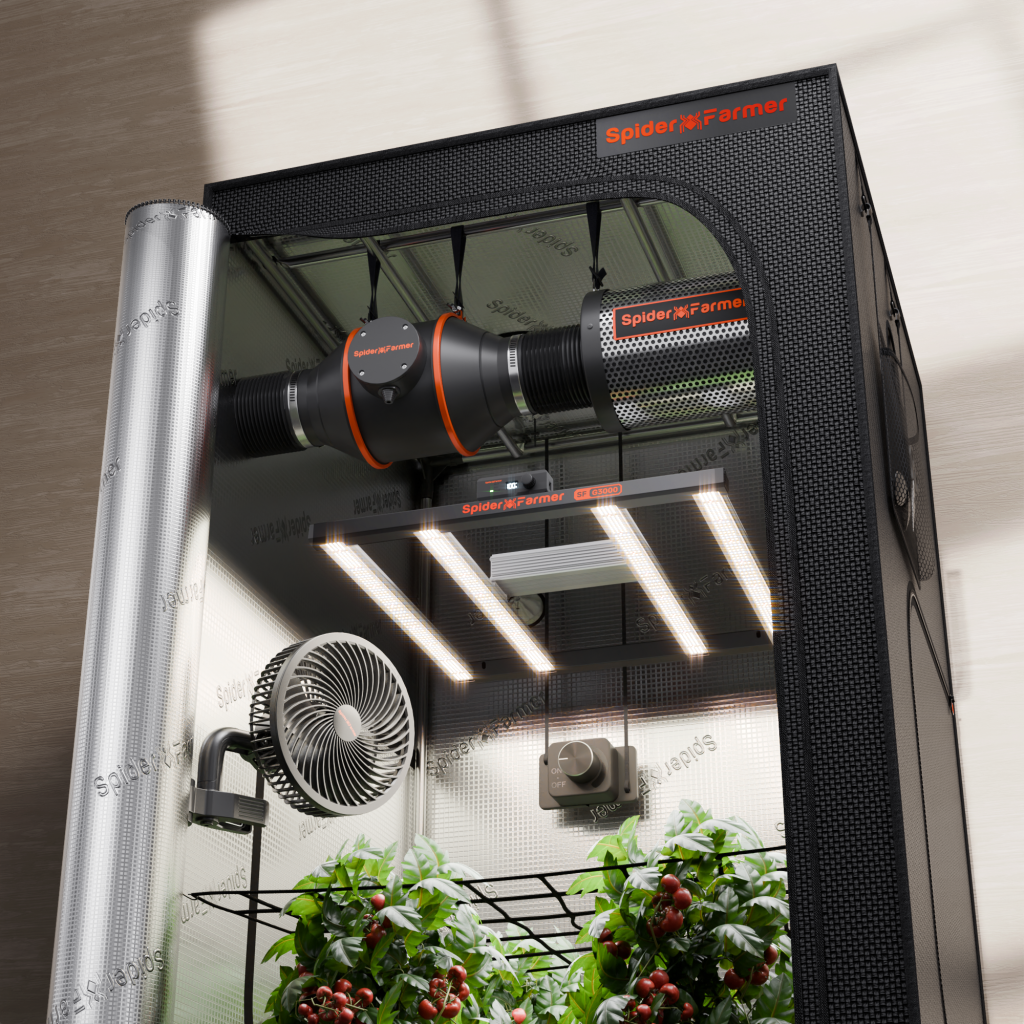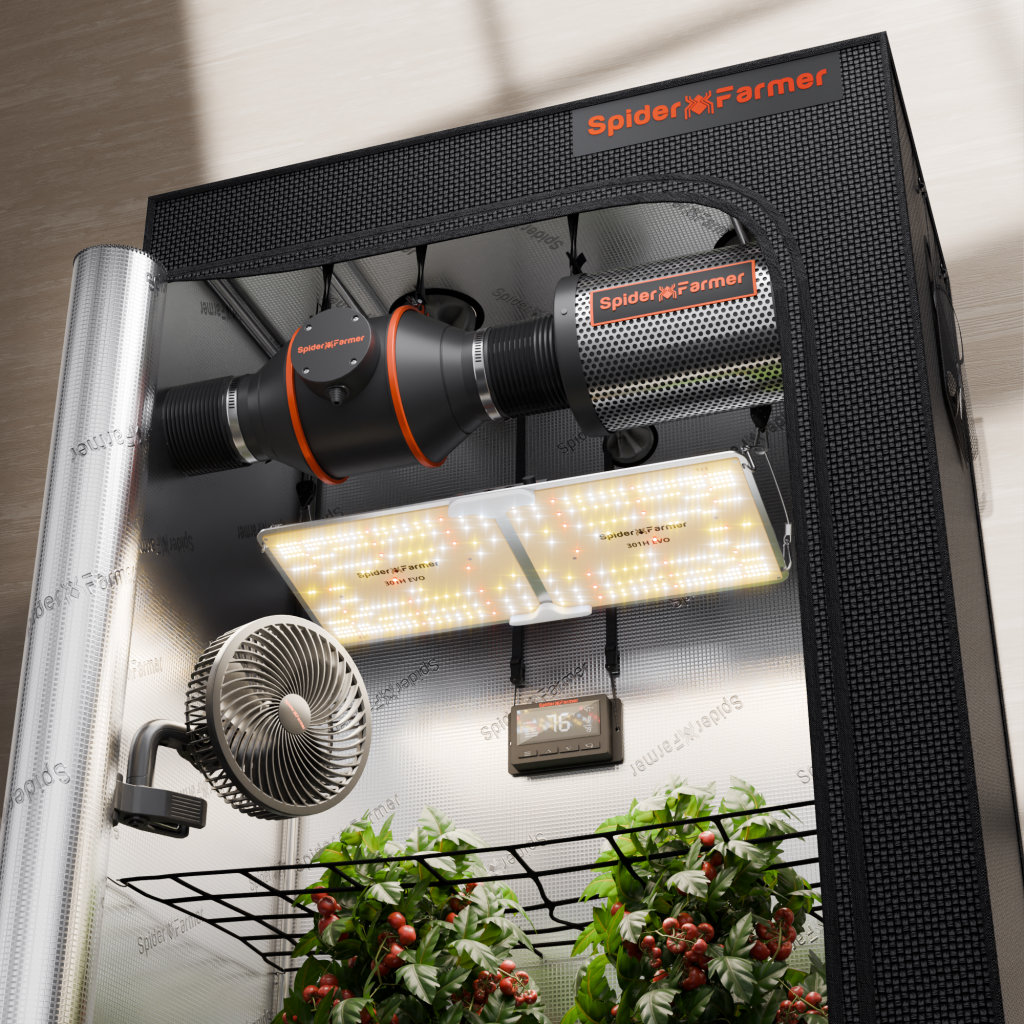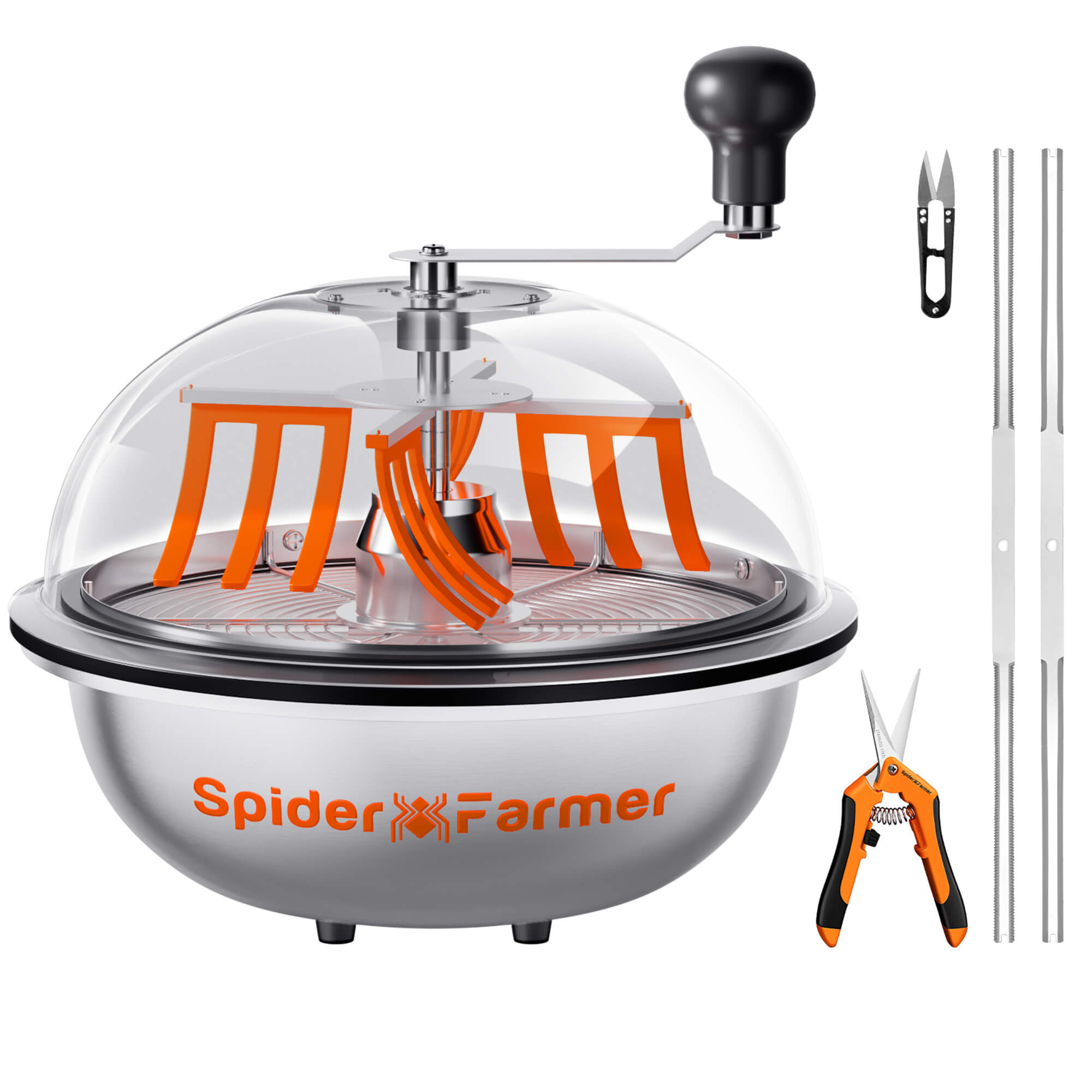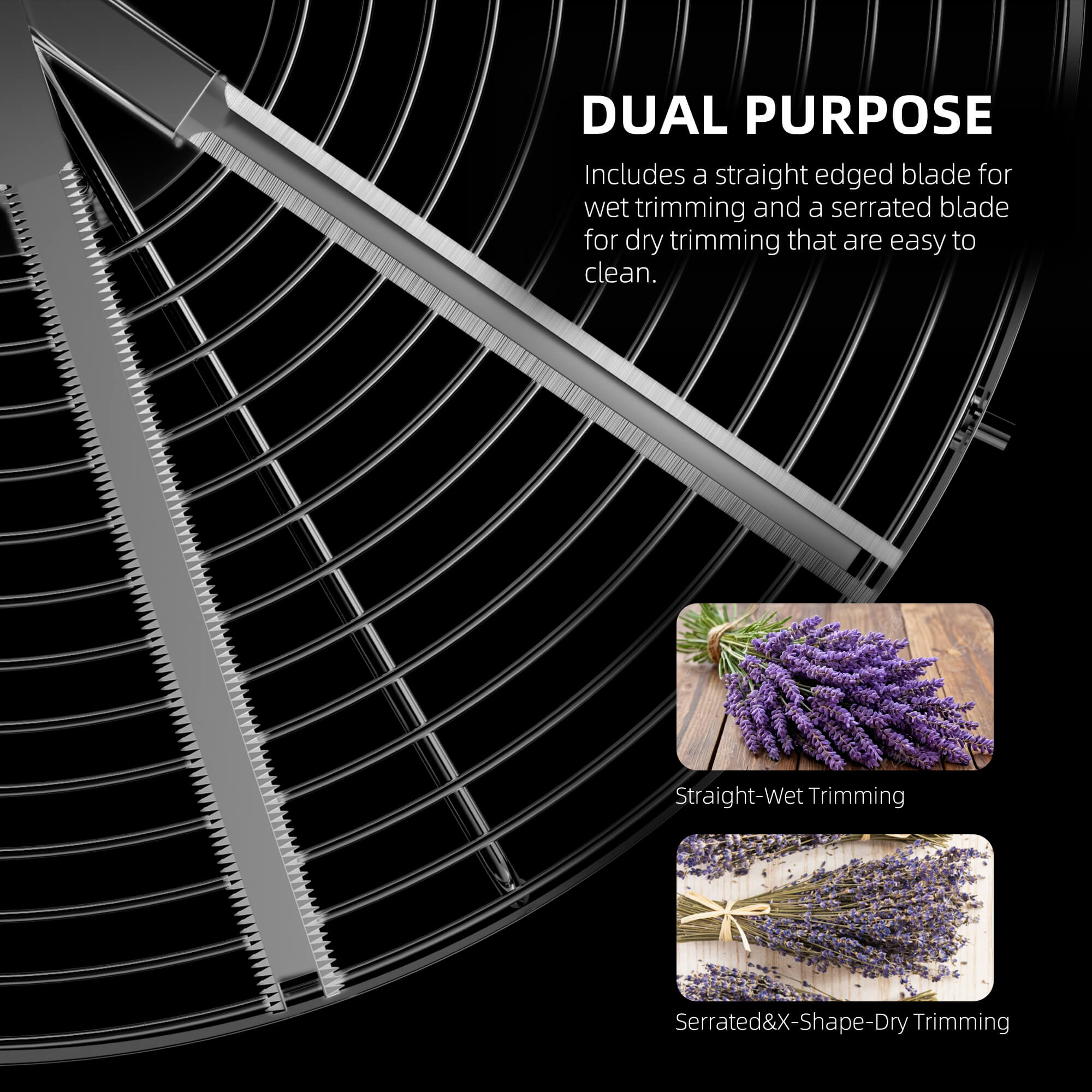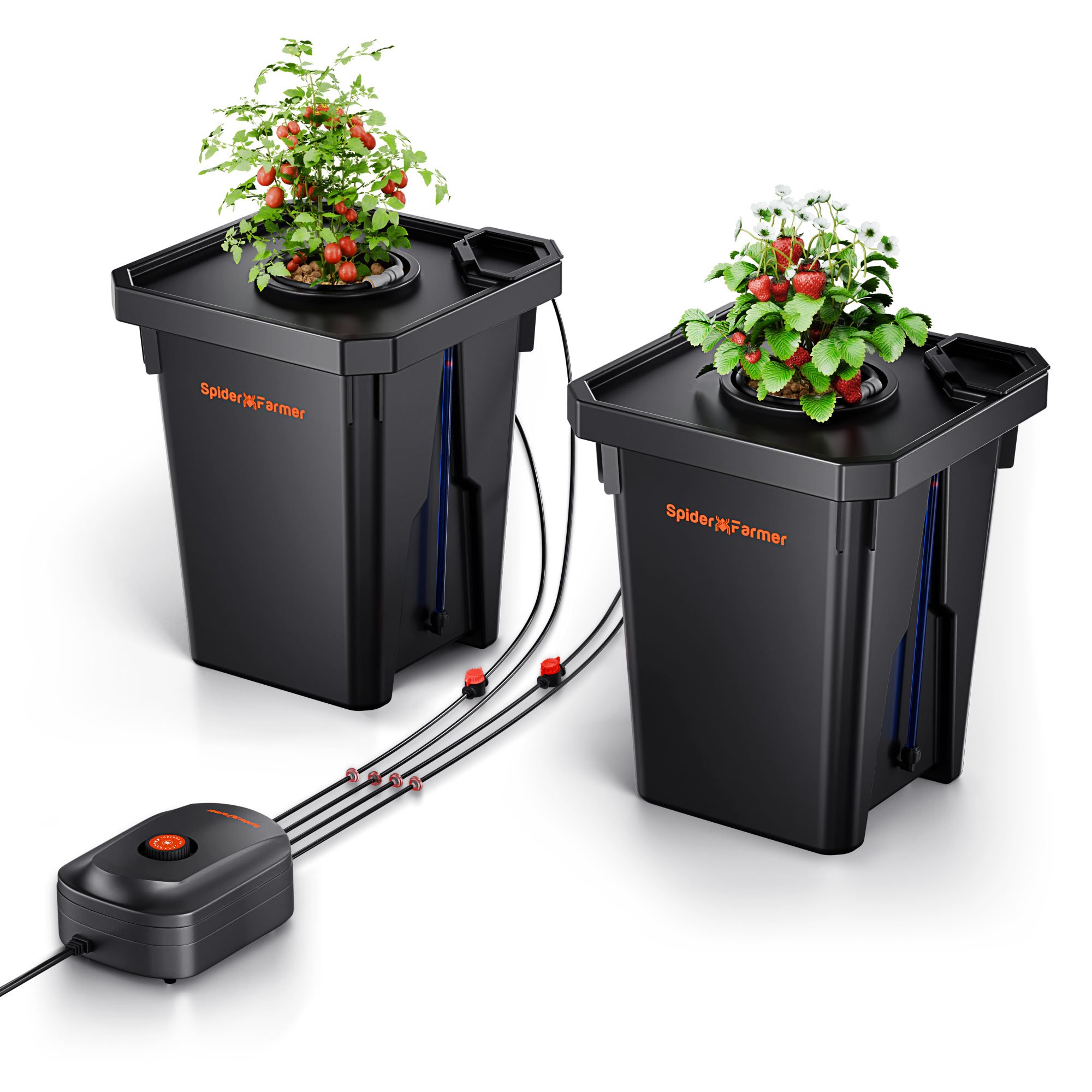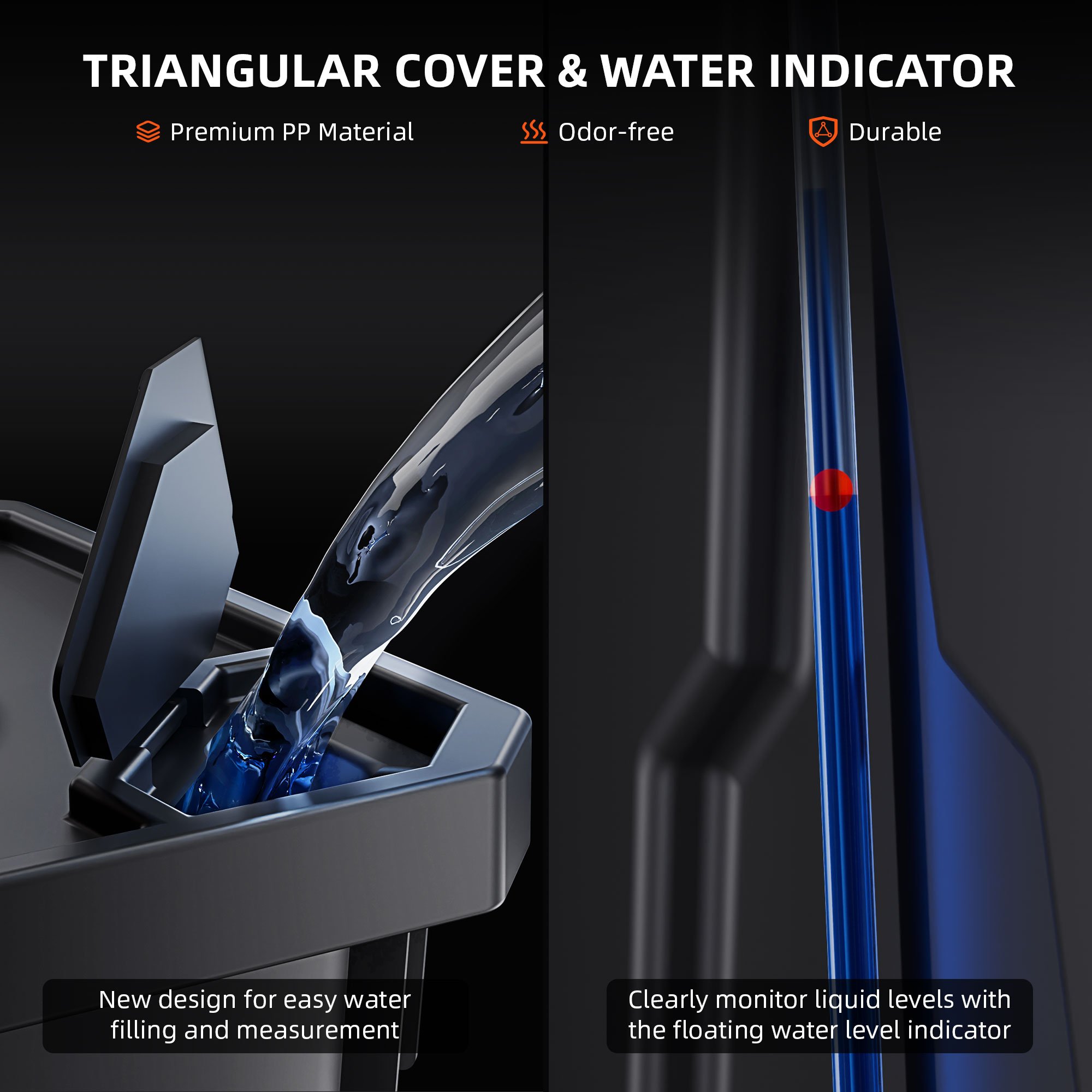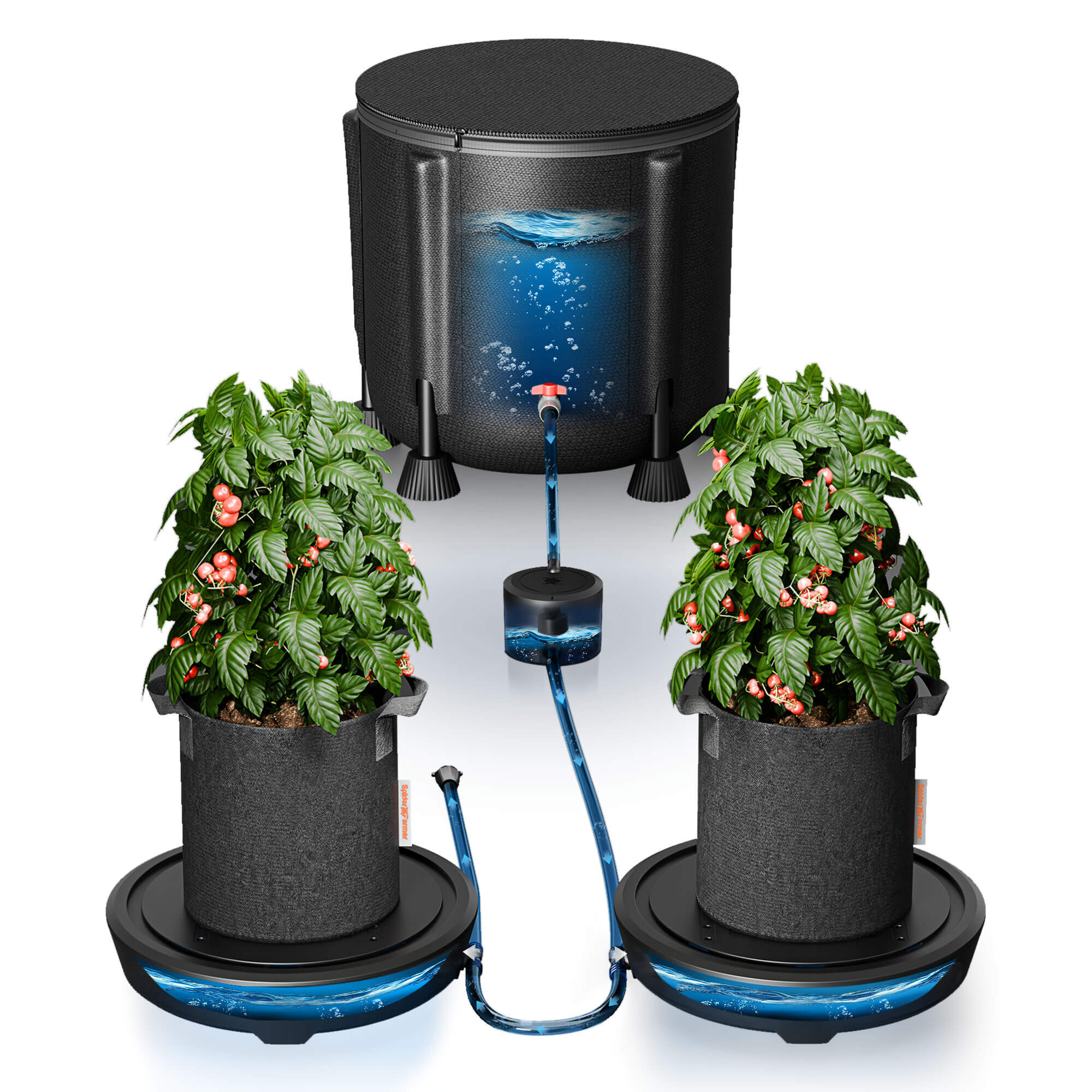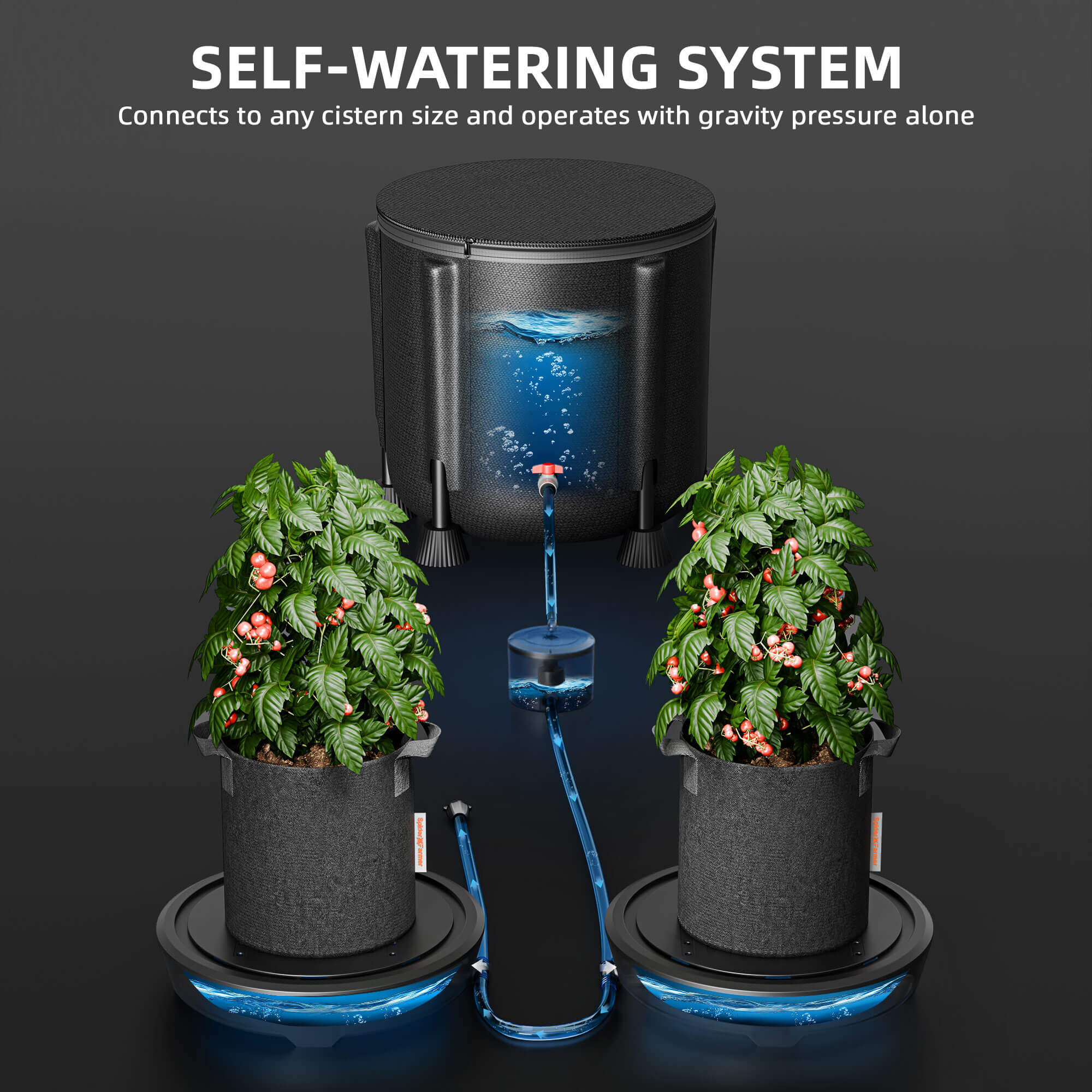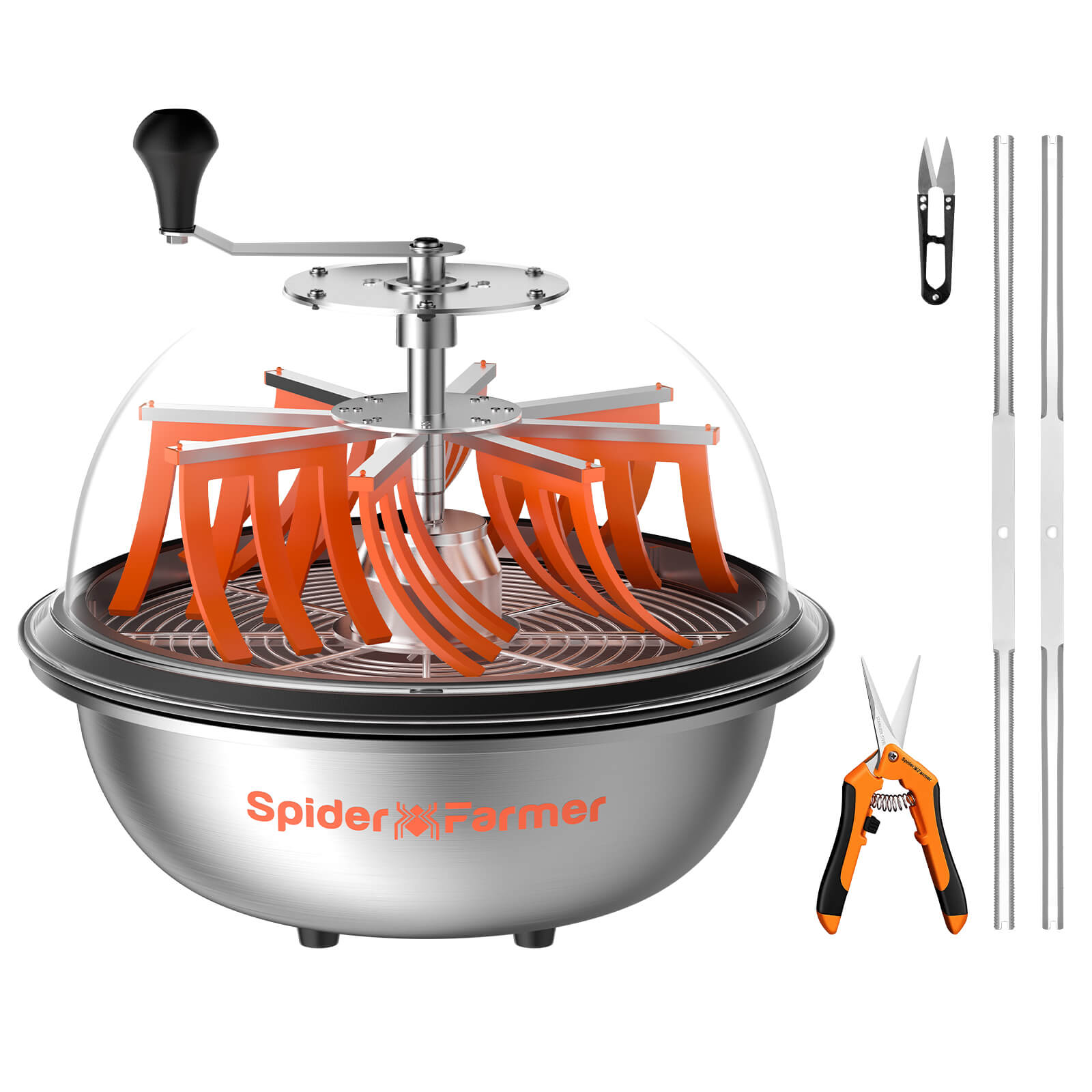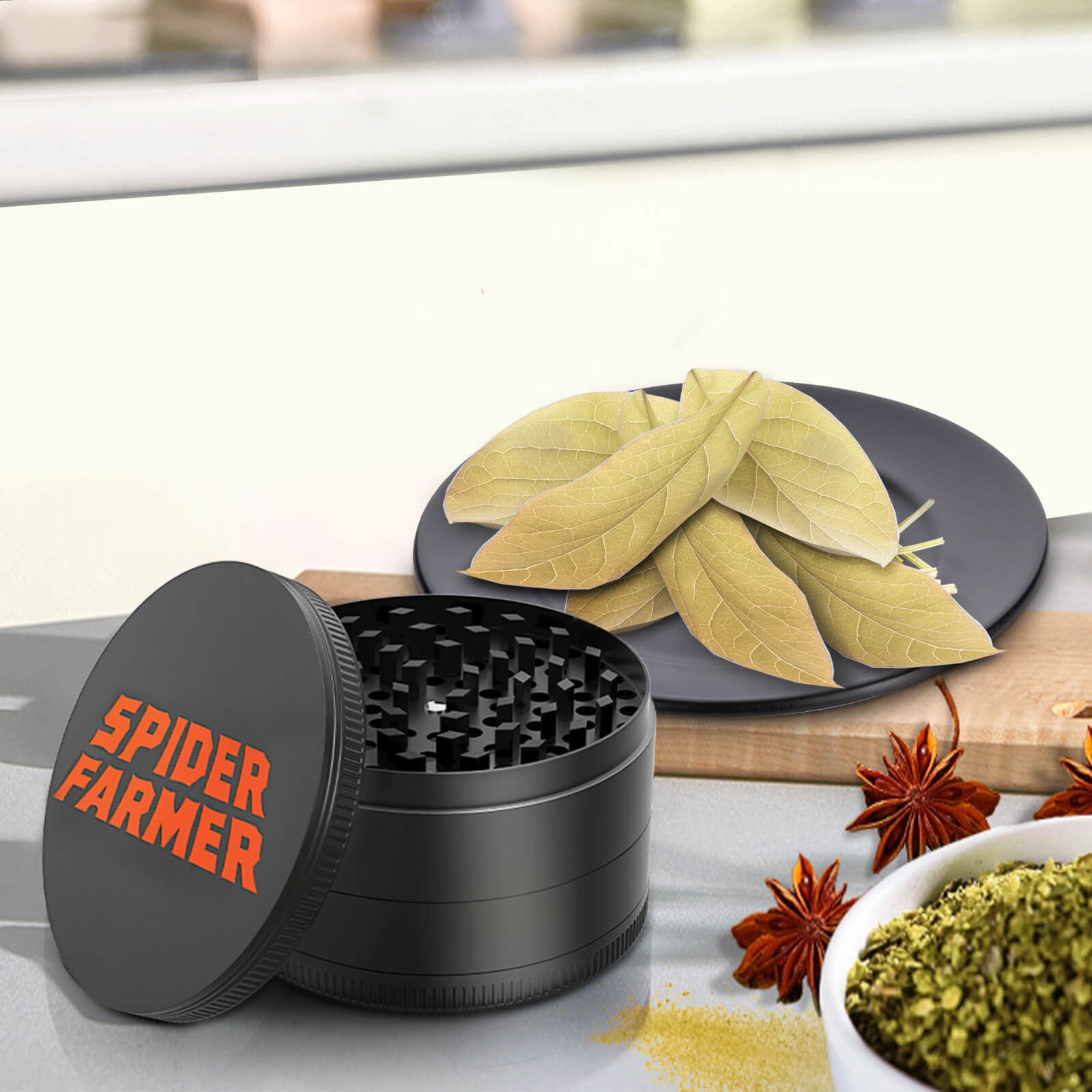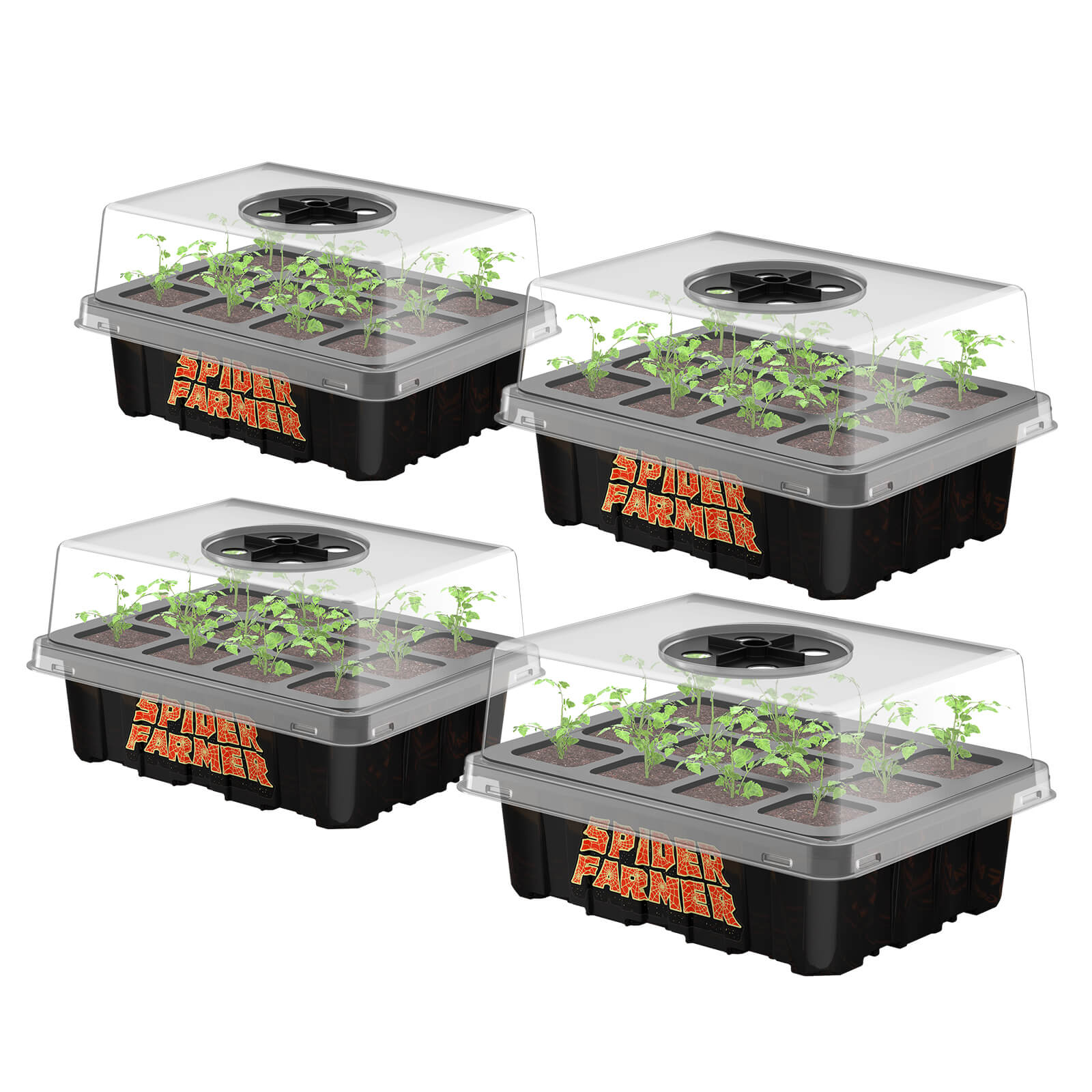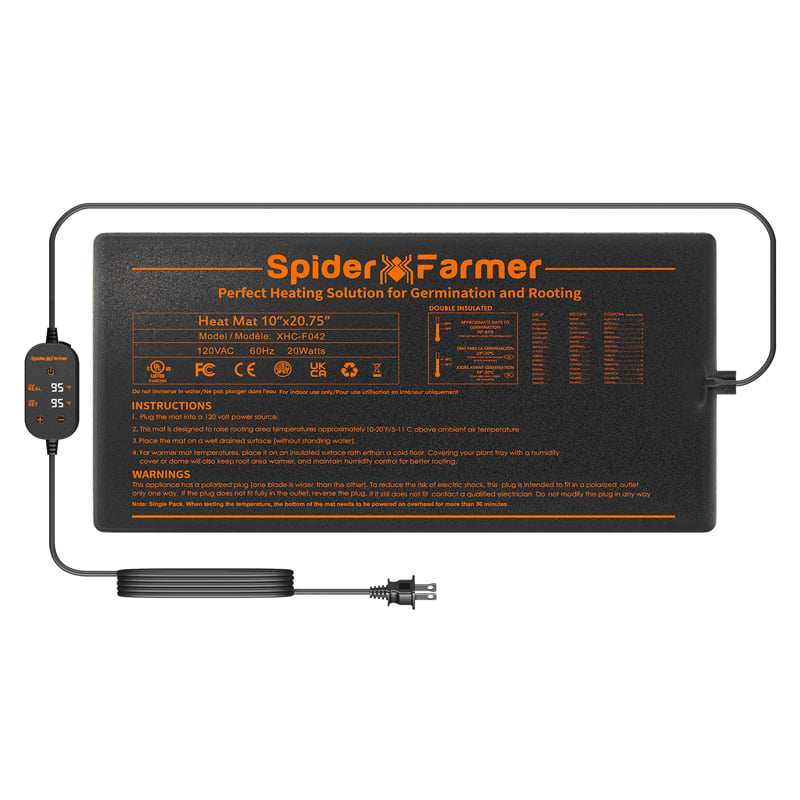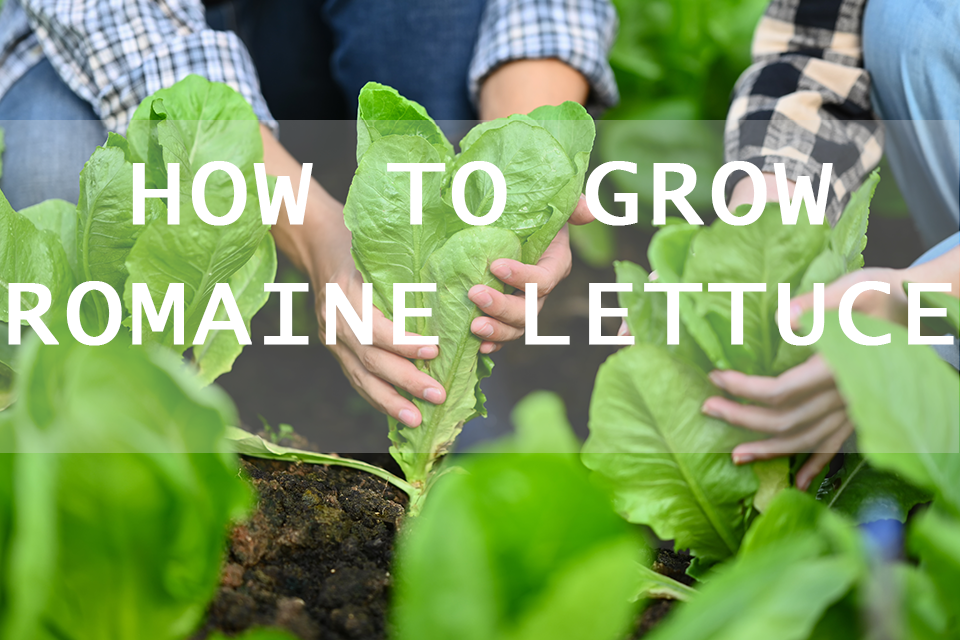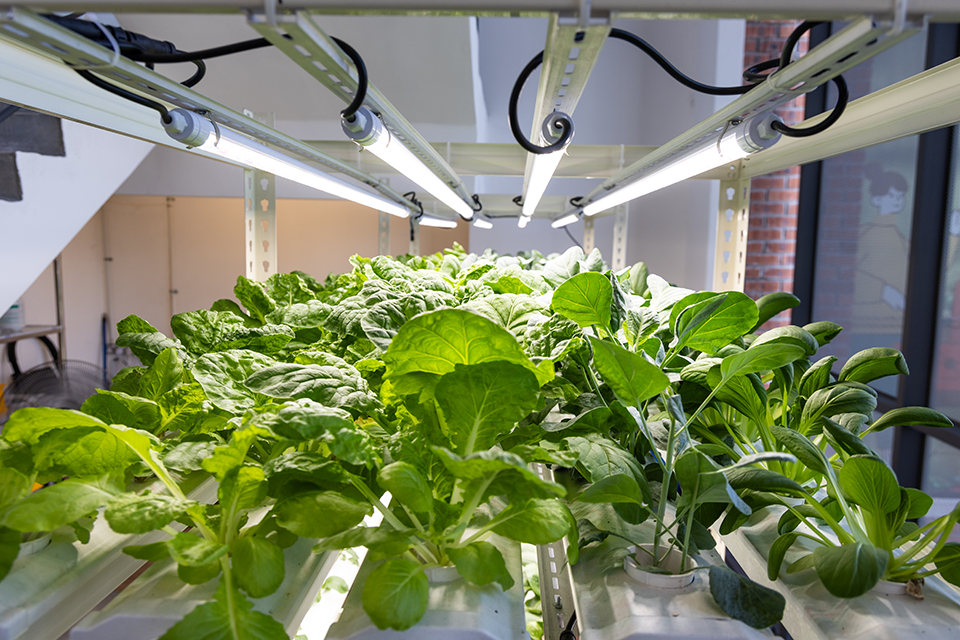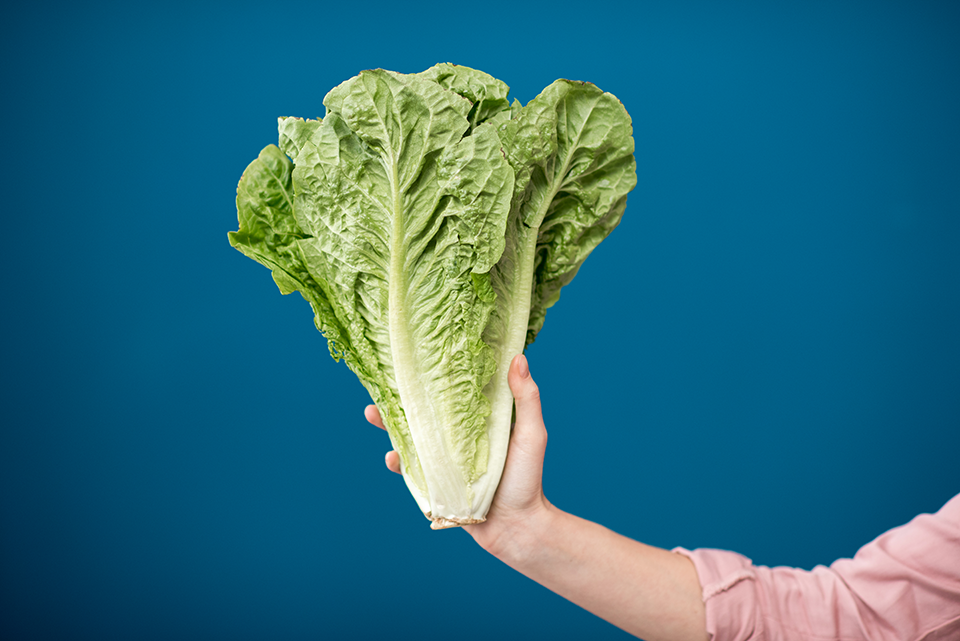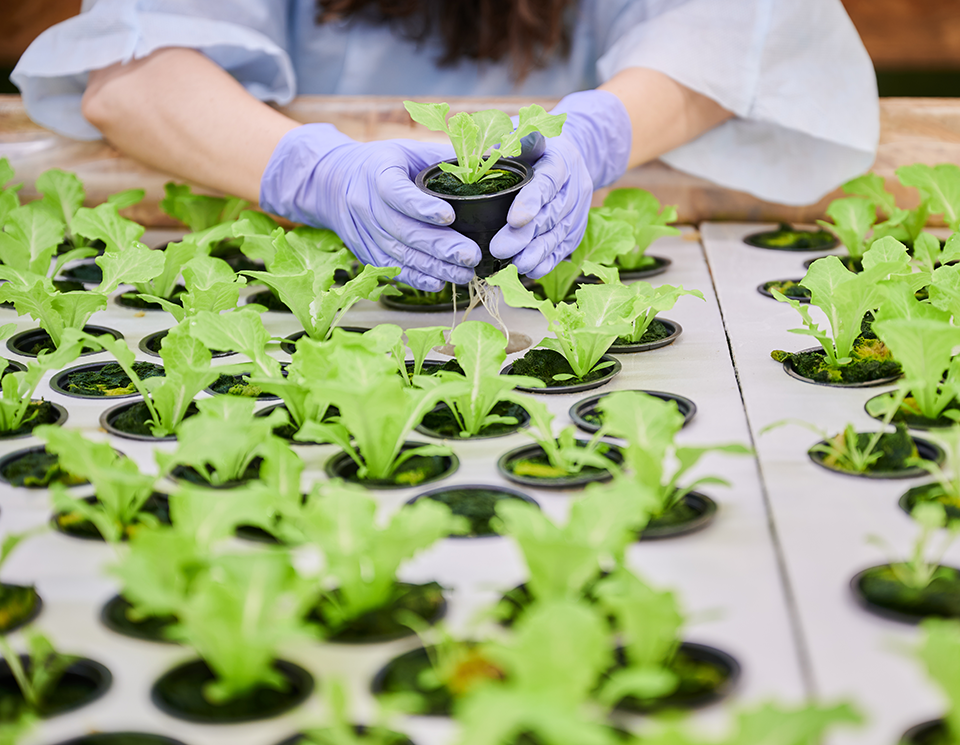How to Grow Romaine Lettuce on Your Own
For lettuce lovers, romaine lettuce, or cos lettuce, must be served quite a lot of times on your dinner table. Known for its crunchy texture, mild flavor, and packed nutrients, romaine lettuce is almost the most commonly consumed lettuce variety. If you’ve ever thought about growing it at home, here’s the good news - romaine lettuce is pretty easy to grow indoors. Whether you want to grow romaine lettuce from the stalk (cuttings) or seed, this post is the ultimate guide you need, with exclusive lettuce growing tips that lead to healthier and more flavorful produce.
Table of Contents
Romaine Lettuce Planting & Caring Factors
While growing lettuce is an easy job even for newbies, it still requires attention to several key factors for a bountiful and rewarding experience. Here are the important factors to keep in mind:
Lighting: While it can tolerate partial shade, it prefers full sun, needing at least six hours of natural sunlight per day. If grown indoors, grow lights for plants are a must-have item to supplement the light requirements.
Temperature and Humidity: While romaine lettuce can tolerate some heat, it thrives in cool weather with temperatures between 45°F and 75°F (7°C to 24°C). If growing into warmer months, provide shade with taller plants or use a clip fan from the excessive heat that leads to bolting.
Soil (if you are growing from seeds/transplants): The health of romaine lettuce depends significantly on the quality of the soil. It requires well-drained, nutrient-rich soil to thrive. Loose, loamy soil is ideal as it prevents compaction, which can lead to yellowing and wilting of the leaves. For the best results, amend your soil with compost to enhance its nutrient content.
Water: Beginners are likely to overwater the plants, particularly during the first seedling stage. That’s to say, while consistent watering is important for romaine lettuce, newbies should take it really carefully. When grown in the soil, lettuce prefers moist but not fully saturated conditions.
Nutrition & Fertilizer: Fertilizing romaine lettuce with a balanced fertilizer containing nitrogen, phosphorus, and potassium is another big part of healthy growth. Applying the fertilizer during the plant’s active growth periods, say, the veg stage, can boost the nutrient content of the leaves.
Spacing: It may not come across your mind, but proper spacing is worth getting your attention, as it allows romaine lettuce to grow fully and reduce the risk of disease. Space the plants 12 to 18 inches apart to ensure adequate air circulation and prevent overcrowding.
Protection from Pests: Growing romaine lettuce indoors is generally less prone to getting hit by pests, but it’s still advised to use some floating row covers or grow the lettuce in elevated containers or hanging baskets to protect your crop.
Keep these advice in mind and we can start growing romaine lettuce indoors.
How to Grow Romaine Lettuce from Stalk
To start with, anyone new to lettuce growing might have this question - can I grow romaine lettuce from the one I bought in the store? Absolutely! Similar to green garlic, you can use store-bought lettuce to establish new growth in the water as long as it has a healthy and intact stalk. Ready to experiment yourself? Here’s how to regrow romaine lettuce from the cutting in water:
Step 1: Cut the base of the stalk, leaving about 2-3 inches of the stem intact. This will be your starting point for regrowth. As for the top leaves? Eat them as you like!
Step 2: Fill a mug or bowl with about half an inch of water or more, depending on how deep the container is. Place the cut base of the romaine stalk in the water with the cut side facing up. Make sure only the very base of the romaine is submerged in the water.
Step 3: Put the dish in a location that receives plenty of natural light, such as a sunny windowsill. If there’s limited sunlight, you can ask grow lights for help. Romaine lettuce needs sunlight to regrow effectively.
Step 4: Change the water every 2-3 days to prevent bacterial growth and ensure the base remains hydrated.
After a few days, you should see new shoots beginning to sprout from the center of the stalk and roots starting to form at the base. In about 12-15 days, the romaine leaves should be enough for a salad dish, and that’s a sign of harvesting. You don’t want to leave it there and produce seeds, do you?
One thing that’s great about romaine is that it never stops producing new growth. You can regrow it over and over again by following this method. Here's a video clip of how to grow eomaine lettuce from the cutting:
Pros:
- You don’t have to start everything from scratch, which makes the whole romaine-growing experience easier than ever.
- No need to wait for the seed germination process, saving you both time and effort.
- Growers have a higher success rate when compared to soil growing.
Cons:
- Limited romaine lettuce varieties. You can only get what you bought from the store.
- The regrown lettuce will not produce as large or as abundant a yield as growing from seeds or transplants. You may only get a few leaves per cycle.
How to Grow Romaine Lettuce from Seeds
Whether you prefer batch harvesting or simply enjoy the pleasure of growing something from zero to one, starting from seeds is always a solution. For indoor growers, here’s how to grow romaine lettuce from scratch:
When to Plant Romaine Lettuce Seeds
Romaine lettuce is a cool-weather crop, which makes spring and fall the best seasons to plant the seeds. For spring planting, start sowing romaine lettuce seeds indoors about 2 or 3 months (10 - 12 weeks) before the last expected frost date.
For autumn crops, sow seeds directly in the seed trays in late summer, about 2-3 months before the first expected frost date. Romaine grows well in cool temperatures and can tolerate some heat, so it works for fall planting as the weather cools down.
Beginner’s Guide on Growing Romaine Lettuce from Seeds
After checking the first or the last frost in your region, you can start the adventure. Fill seed trays with a good-quality seed starting mix. Then sow the romaine lettuce seeds about 1/4 inch deep and 18 inches apart from each other in the seed starting mix.
When it comes to indoor lettuce growing, grow lights are everything. Set up grow lights to be on for 14-16 hours per day above the plants. If you are a newbie to indoor grow lights, Spider Farmer Glow80 LED Grow Light is your go-to vegetable cultivation choice. Simply hang the light above the plant or pair it with the plant stand, and the rest is to let it grow.
Ensure the seedlings are kept consistently moist but not soaked in water. As the seedlings grow, pot them up into larger containers or pots to give each plant plenty of room to develop. You may refer to our post on when to transplant seedlings for a detailed guide.
Thanks to its compact root system, romaine lettuce is a perfect option to grow in pots. Space each plant about 6 to 8 inches apart and ensure the container is about a foot deep. Choose a pot that meets these requirements based on the number of plants you plan to grow.
As you can see, growing romaine lettuce from seed is time-consuming and effort-taking, especially when you compare it to stalk-growing. However, you get what you deserve, bigger yields, favorite varieties, and maybe a sense of fulfillment, right?
How to Grow Romaine Lettuce from Transplants
Last, one more option is to buy transplants from your local nursery and start growing romaine lettuce from halfway through its life cycle. This approach saves the plant from the delicate and fragile seedling stage, so it can jump right into the pot or container to continue developing into mature, harvestable plants.
Though it does limit you to the varieties the nursery offers, getting a starter pack is still an excellent way to begin. After all, all you need to do is select healthy, young romaine lettuce transplants with sturdy stems and vibrant green leaves. Then follow the same romaine lettuce caring tips mentioned above.
Harvesting Romaine Lettuce
Depending on your cuisine taste - do you prefer baby lettuce or fully-grown lettuce? Romaine lettuce can be picked as either baby greens or full heads. For baby greens, cut the leaves when they are around 30 days old, leaving the base intact so you can continue growing it in water. For full romaine heads, wait until the plant is 8 to 12 inches tall, typically 60-80 days after planting the seeds, and use a sharp knife to cut it off at the base.
To prevent bitterness, make your final harvest before the hot summer weather arrives. You can extend the harvest into warmer weather by using garden shade cloth to keep the plants cool. For fall-grown romaine, protect the plants with floating row covers to extend the growing season.
In terms of the exact time to harvest romaine lettuce, the best time to harvest is in the morning when the leaves are crisp. After cutting, wash the leaves, wrap them in paper towels, and store them in a zip-top bag in the refrigerator's crisper drawer.
For a prolonged harvest, you can also pick individual outer leaves one by one before the plant reaches full maturity. Just be sure to allow the plant time to recover between pickings.
Romaine Lettuce Varieties
Well, the lettuce may all look the same to you - green leaves, and white stalk, but romaine lettuce actually comes in quite a few varieties. Some popular ones include Parris Island Cos, Valmaine, Red Romaine, Winter Destiny, Jericho, etc. When selecting a variety, consider your climate conditions. If you decide to grow romaine lettuce in autumn, Winter Destiny is great for colder climates. On the other hand, Valmaine is known for its heat resistance.



